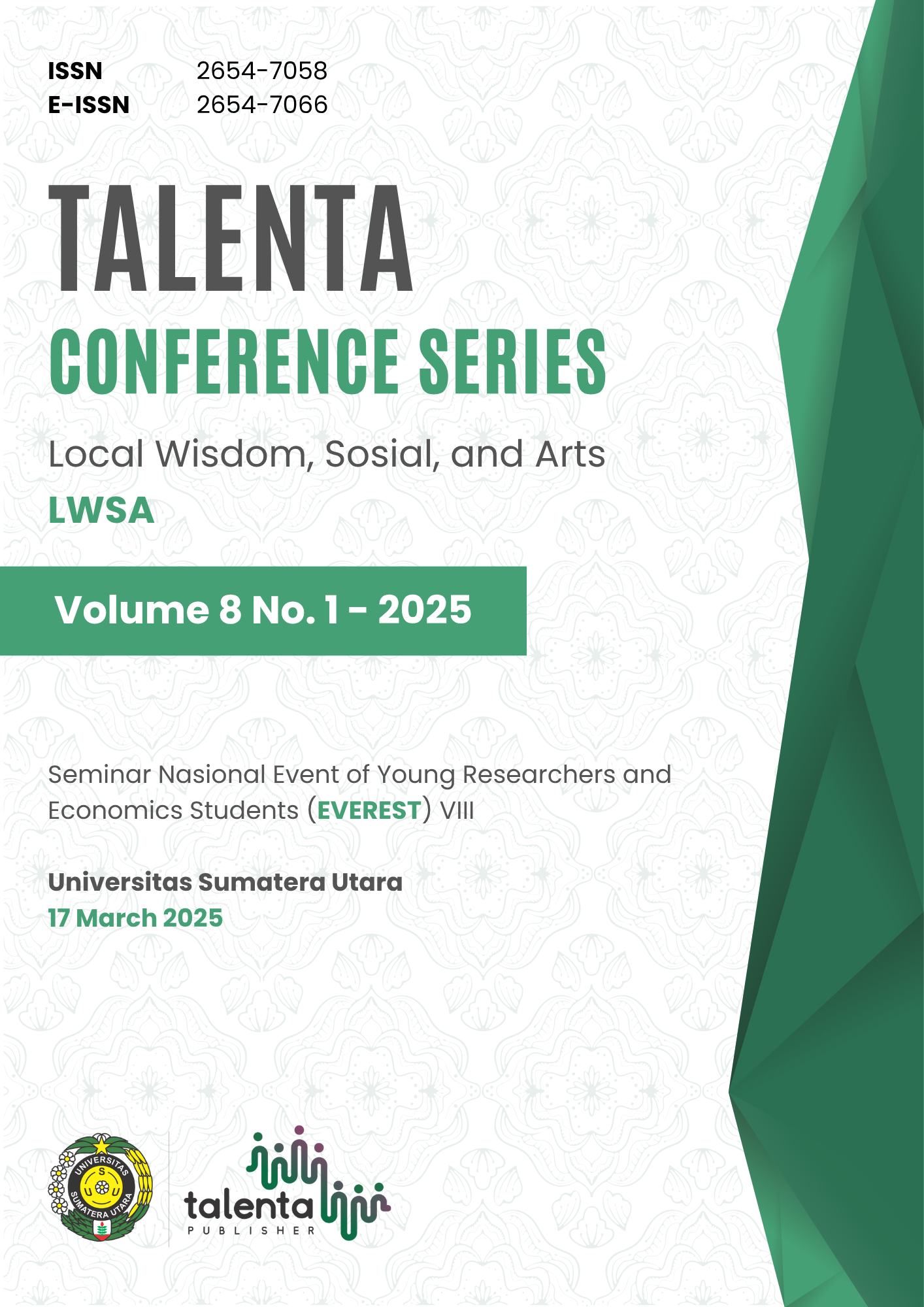MaaSAcco: Infrastructure System Ensuring Eco-Friendly Tourism by Implementing Mobility as a Service and Sustainable Accommodation
| Authors | ||
| Issue | Vol 8 No 1 (2025): Talenta Conference Series: Local Wisdom, Social, and Arts (LWSA) | |
| Section | Articles | |
| Section |
Copyright (c) 2025 Talenta Conference Series  This work is licensed under a Creative Commons Attribution-NonCommercial-NoDerivatives 4.0 International License. |
|
| Galley | ||
| DOI: | https://doi.org/10.32734/lwsa.v8i1.2356 | |
| Keywords: | Eco-Friendly Tourism MaaS Sustainable Accommodation Green Infrastructure | |
| Published | 2025-02-28 |
Abstract
Tourism significantly contributes to ASEAN’s economic growth, accounting for 12.1% of GDP and providing 42 million jobs before the COVID-19 pandemic in 2020. However, the sector is responsible for 8% of global greenhouse gas (GHG) emissions, primarily from transportation (49%) and accommodation. Increased tourist numbers have led to higher CO2 emissions due to inadequate public transport systems and energy-intensive accommodations. MaaSAcco offers a strategic solution for sustainable tourism by integrating transportation and accommodation into a comprehensive infrastructure ecosystem. Mobility as a Service (MaaS) unifies transportation modes such as buses, trains, and bicycles, enhancing connectivity and accessibility by 57%. Features like centralized payment, route optimization, and scheduling encourage public transport use, reducing private vehicle reliance and lowering carbon emissions by 47%. Sustainable accommodation in the MaaSAcco system incorporates green building principles, renewable energy, and waste management. These practices reduce carbon emissions by 35%, water use by 30–50%, and waste by 50–90%. MaaSAcco’s implementation supports environmental sustainability while offering economic benefits, aligning with Sustainable Development Goals 8 (Decent Work and Economic Growth) and 11 (Sustainable Cities and Communities). It demonstrates a viable path to reducing tourism’s environmental impact and achieving long-term sustainability.






